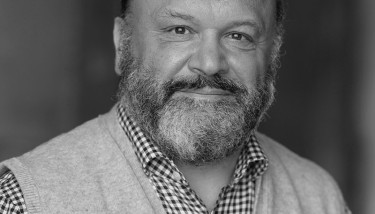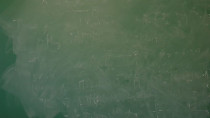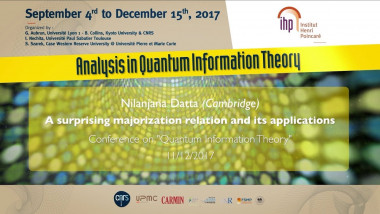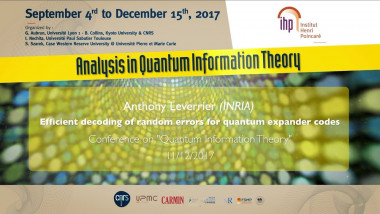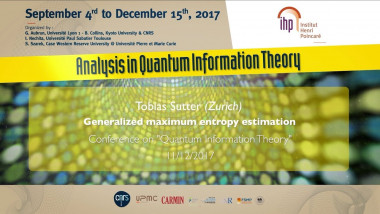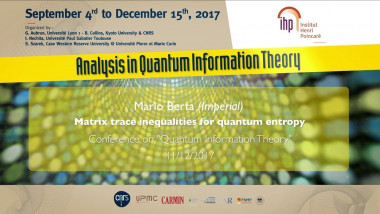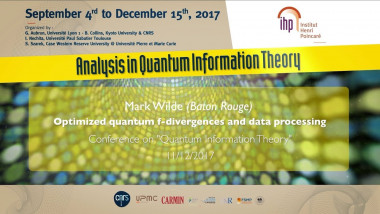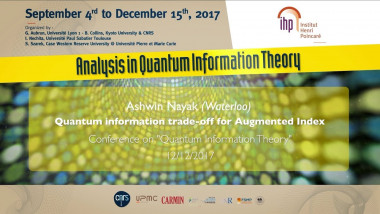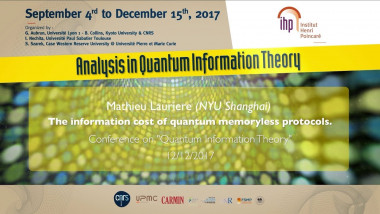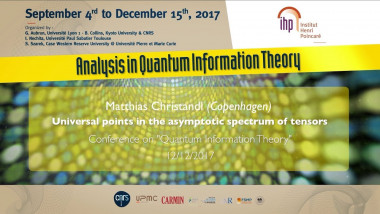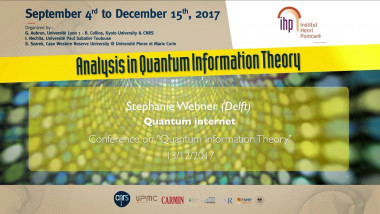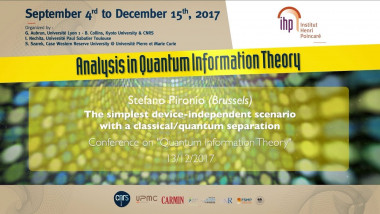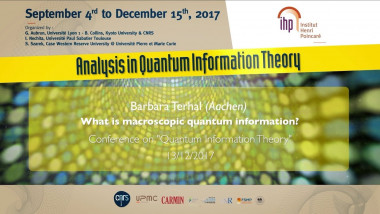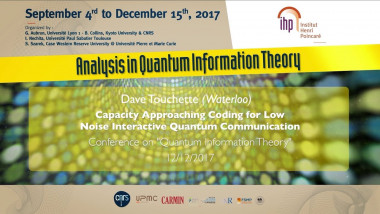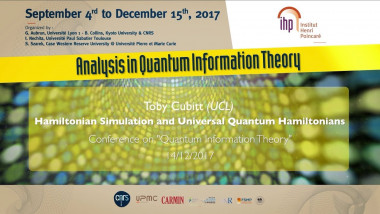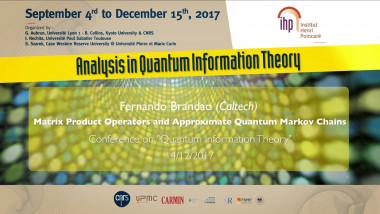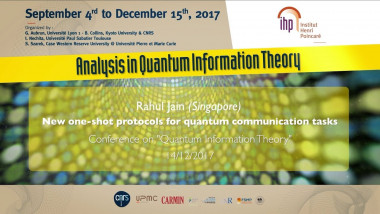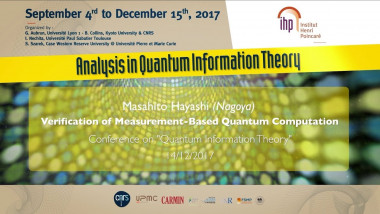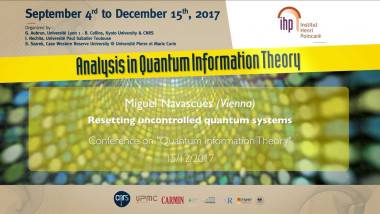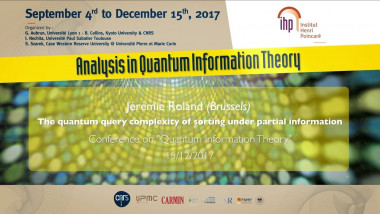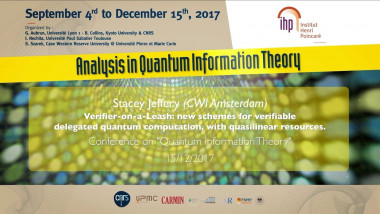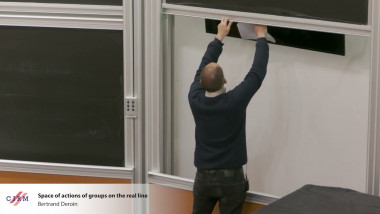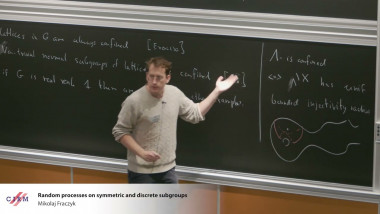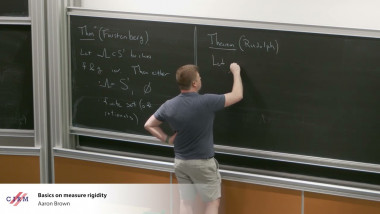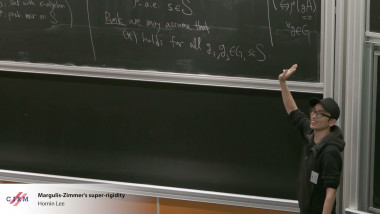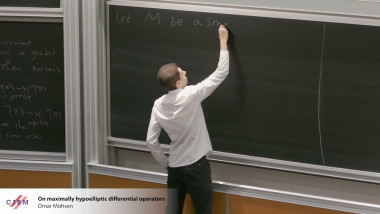Verification of Measurement-Based Quantum Computation
Quantum computation offers a novel way of processing information and promises solution of some classically intractable problems. However, if the component of the quantum computor has some errors, it does not output a correct computation outcome. Since the quantum computor is composed of several components, the unexpected correlation causes unexpected error that cannot be corrected by error correction. To resolve this problem, we need to verify the quantum computor. If a problem is in NP, we can verify the correctness of a solution, but a problem that we want to solve with a quantum computer is not necessarily in NP. We need to verify quantum computer. Usually a quantum computer is composed of a combination of so many quantum circuits. It is not easy to predict the outcome of the combination of so many quantum circuits. That is, since we do not know the computation outcome, we cannot verify the computation outcome by itself. To resolve this problem, we employ measurement-based quantum computation (MBQC). MBQC is composed of graph state and local measurements, which are known to us. In particular, the computation resorce is given as the quantum correlation of the graph state, which is in a known form. Hence, we can verify these components by using the method of statistical hypothesis testing. In this talk, we consider the following three settings. (1) We perfectly trust our local measurement. So, we need to verify only the graph state. (2) We trust local measurement, but it is noisy. The noise can be converted to noise of graph state. So, we need to verify only the noisy graph state. This protocol works with noisy graph state. (3) We do not trust measurement as well as graph state. However, it accept only the case when the measurement and the graph state are noiseless. Setting (3) has weakest assumption, but it works with ideal case. Setting (2) has stronger assumption, but it works with realistic case. Further, our verification scheme can be applied to the blind quantum computation. This talk is based on joint works with T. Morimae, K. Fujii, M. Hajdusek, Y. Takeuchi. The detail is available in arXiv:1701. 05688, arXiv:1603. 02195, Phys. Rev. A 96, 030301(R) (2017), Phys. Rev. Lett. 115, 220502 (2015).


